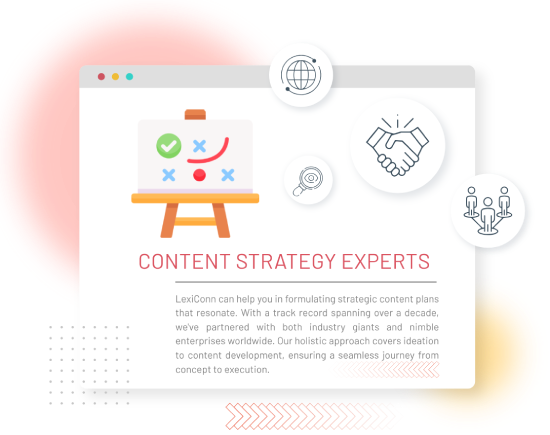
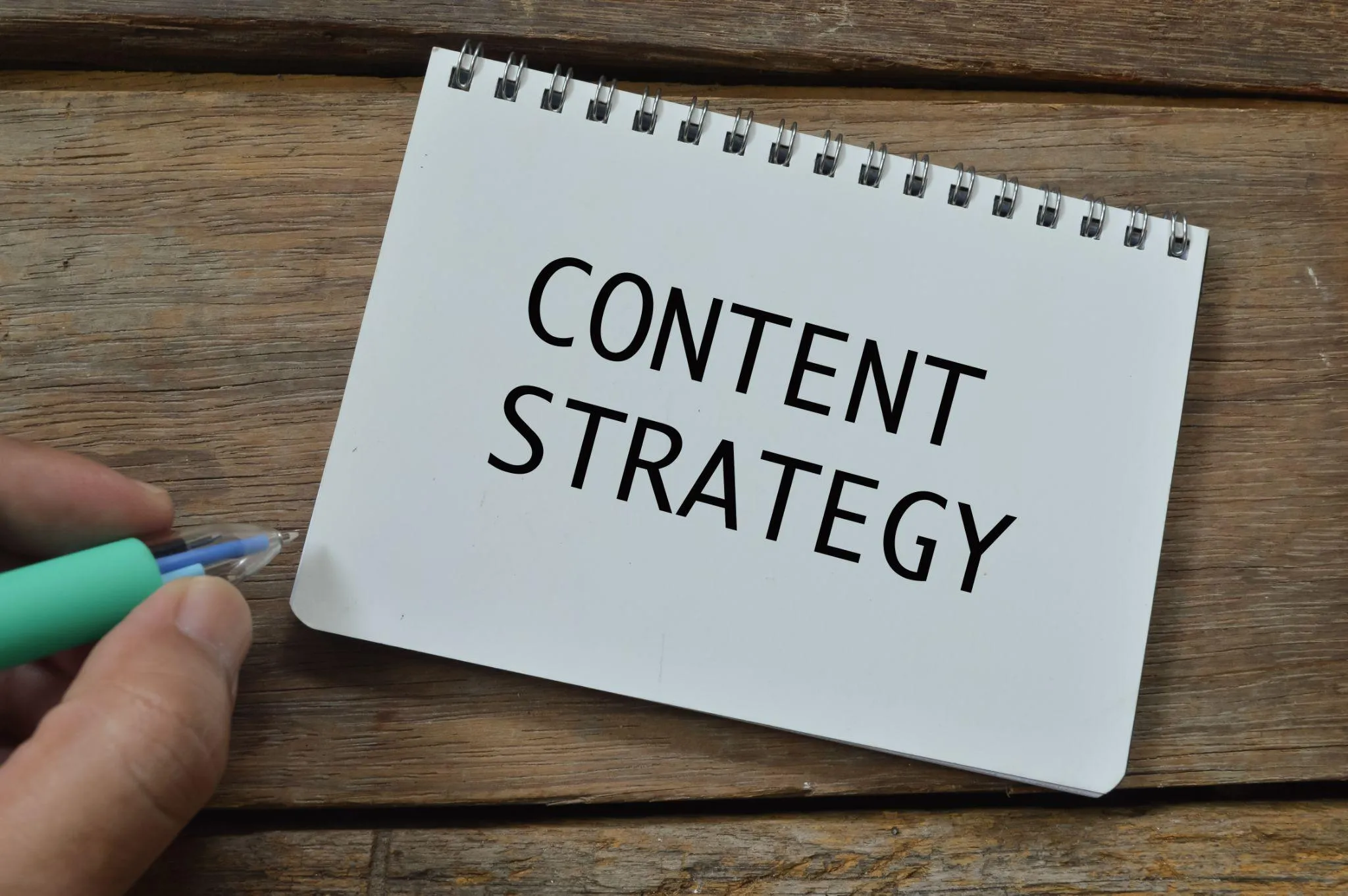
It’s 2025, and the digital world is buzzing louder than ever. Every second, thousands of blogs, videos, and social media posts are published, all vying for attention. Amid this chaos, a small e-commerce startup in Mumbai decides to take a different approach. Instead of churning out random posts, they invest time in crafting a well-thought-out content strategy. They research their audience, create SEO-optimized content, and consistently deliver value through blogs, videos, and infographics. Fast forward six months, and their website traffic has doubled, their social media engagement is through the roof, and their sales have skyrocketed.
This isn’t just a hypothetical scenario—it’s the power of a winning content strategy.
In today’s hyper-competitive digital landscape, businesses can no longer afford to rely on guesswork or sporadic content creation. With the rise of AI-generated content, shifting consumer preferences, and ever-changing search engine algorithms, the stakes are higher than ever. By 2025, the businesses that thrive will be the ones that have a clear, actionable content marketing plan in place.
But what does a winning content strategy look like? How do you ensure your content not only reaches your audience but also resonates with them? And most importantly, how do you turn your content efforts into measurable business outcomes?
In this comprehensive guide, we’ll take you through a step-by-step guide to content strategy that’s tailored for 2025. Whether you’re a startup looking to make your mark or an established enterprise aiming to stay ahead, this blog will equip you with the tools, insights, and actionable tips to create a content marketing strategy that drives results.
From understanding your audience and conducting keyword research to leveraging SEO content and measuring performance, we’ll cover it all. Plus, we’ll share real-world examples and case studies to show you how businesses are already using these strategies to succeed.
So, if you’re ready to transform your content efforts and build a strategy that works for 2025 and beyond, keep reading. By the end of this guide, you’ll not only understand the importance of a content strategy but also know exactly how to create one that sets your business apart.
Let’s dive in!
Before diving into the "how," let's understand the "why." A content strategy is the backbone of your digital marketing efforts. It ensures that every piece of content you create aligns with your business goals, resonates with your target audience, and drives measurable outcomes.
In 2025, the digital space will be more crowded than ever. With millions of blogs, videos, and social media posts published daily, standing out requires more than just great content—it requires a strategic approach. A well-defined content marketing plan helps you:
Alt-text: Concept of business strategy

Creating a content strategy that stands out in 2025 requires more than just publishing blogs or posting on social media. It demands a strategic, data-driven approach that aligns with your business goals and resonates with your audience. Below, we break down the process into actionable steps enriched with examples, tools, and insights to help you craft a content marketing plan that delivers results.
The foundation of any successful content strategy is clarity of purpose. Without clear goals, your content efforts can become directionless. Ask yourself: What do I want to achieve with my content?
Common goals include:
Pro Tip: Use the SMART framework to set goals:
Example: HubSpot, a leader in content marketing, sets clear goals for each campaign. For instance, their goal might be to increase sign-ups for their CRM tool by 15% in Q1 2025 through targeted blog content and email campaigns.
Your content is only as effective as its relevance to your audience. To create content that resonates, you need to understand your audience’s needs, preferences, and pain points.
How to Get Started:
Example: Netflix excels at understanding its audience. By analyzing viewing patterns, they create personalized recommendations and even produce original content tailored to specific demographics.
Before planning new content, take stock of what you already have. A content audit helps you identify what’s working, what’s not, and where there are gaps.
Steps to Conduct a Content Audit:
Example: Airbnb regularly audits its content to ensure it aligns with user interests. They found that user-generated content (like guest reviews and host stories) performed exceptionally well, so they incorporated more of it into their strategy.
Keyword research is the backbone of any successful SEO content strategy. It helps you understand what your audience is searching for and how to align your content with those queries.
Tools to Use:
Focus on:
Example: Backlinko, a leading SEO blog, uses keyword research to identify low-competition, high-traffic keywords. For instance, they might target "SEO tips for small businesses" instead of the highly competitive "SEO tips."
A content calendar is your roadmap to consistency and organization. It ensures that your content efforts are aligned with your goals and published on time.
What to Include:
Tools to Use:
Example: Coca-Cola uses a detailed content calendar to plan campaigns like "Share a Coke." They align their content with seasonal events, holidays, and product launches.
In 2025, quality will be more important than ever. With AI-generated content on the rise, audiences will gravitate toward content that is authentic, valuable, and well-crafted.
Tips for High-Quality Content:
Example: The New York Times is known for its high-quality, in-depth articles. They invest heavily in research, storytelling, and visuals to keep readers engaged.
Diversifying your content formats ensures that you cater to different audience preferences.
Popular Formats:
Example: Shopify uses a mix of blogs, videos, and podcasts to educate its audience. Their "Shopify Masters" podcast features success stories from entrepreneurs, providing both inspiration and practical advice.
Creating great content is only half the battle—you also need to promote it effectively.
Promotion Strategies:
Example: Glossier, a beauty brand, leverages user-generated content and influencer partnerships to promote its products. Their Instagram strategy focuses on authentic, relatable content that resonates with their audience.
Alt-text: Colleagues developing a content strategy by analyzing performance

Finally, track the performance of your content to understand what’s working and what’s not.
Key Metrics to Monitor:
Tools to Use:
Example: BuzzSumo uses performance data to identify high-performing content and replicate its success. They analyze metrics like social shares and backlinks to refine their strategy.
By following these steps, you can create a content strategy that not only engages your audience but also drives measurable business outcomes. Whether you’re a startup or an established enterprise, the key to success lies in planning, execution, and continuous optimization.
Ready to take your content strategy to the next level? Visit us at www.lexiconn.in or drop us a line at [email protected]. Let’s create something extraordinary together!
At LexiConn, we understand that creating a winning content strategy requires expertise, creativity, and a deep understanding of your business. As a leading content marketing agency in Mumbai and a trusted content writing agency in India, we offer end-to-end content solutions tailored to your unique needs.
Our services include:
Ready to take your content strategy to the next level? Visit us at www.lexiconn.in or drop us a line at [email protected]. We also offer a free 30-minute content consultation session to help you craft a winning content strategy for 2025.
As we look ahead to 2025, the importance of a well-defined content strategy cannot be overstated. By following this step-by-step guide, you can create a content marketing plan that not only engages your audience but also drives tangible business results. Remember, the key to success lies in understanding your audience, creating high-quality SEO content, and continuously measuring and optimizing your efforts.
At LexiConn, we’re here to help you every step of the way. Whether you need assistance with content strategy, creation, or promotion, our team of experts is ready to help you achieve your goals. Let’s create something extraordinary together!
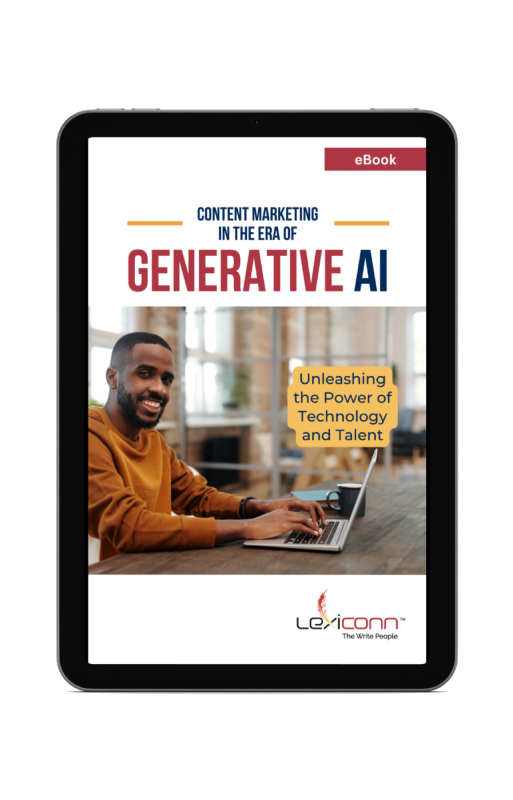
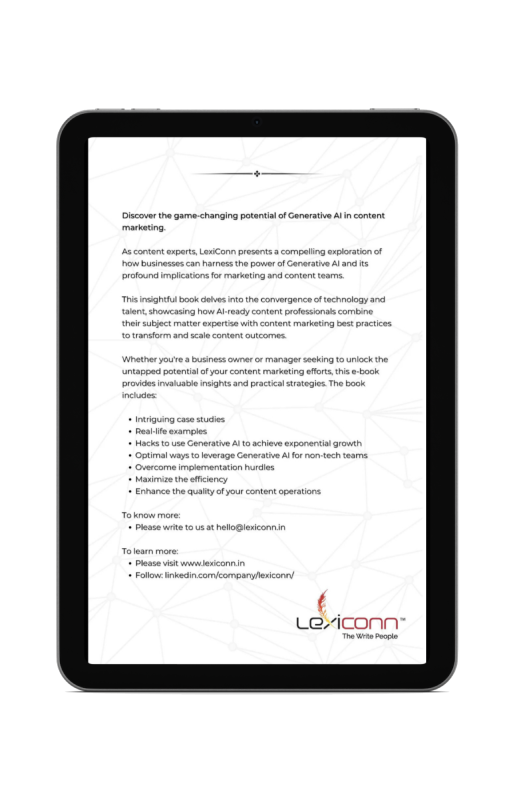
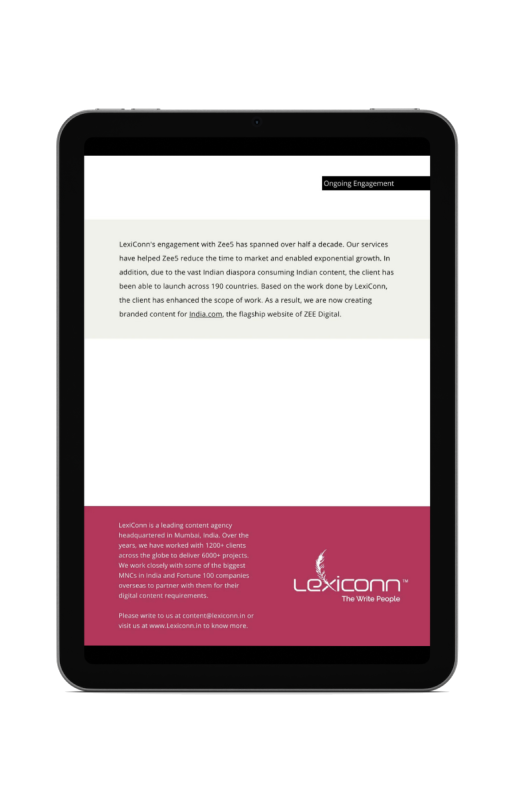
I have read and accept the Privacy Policy
Read More